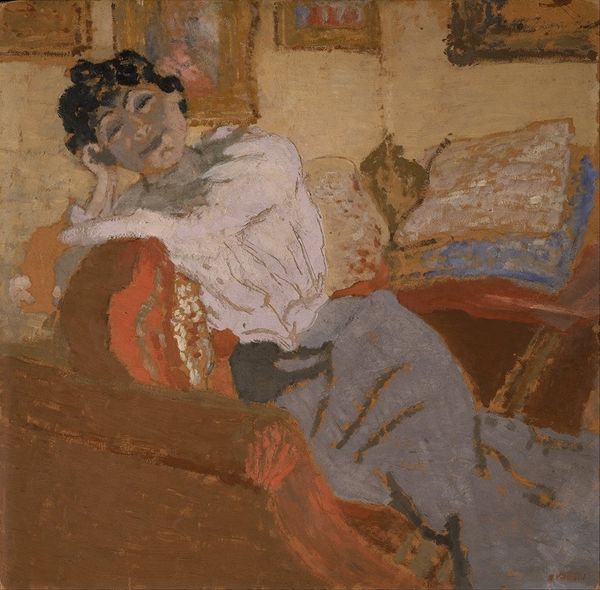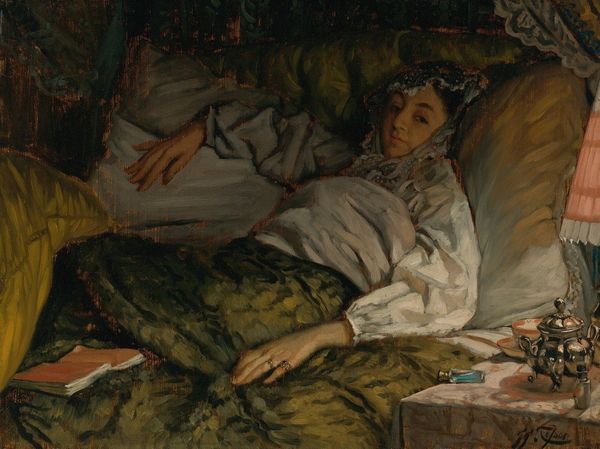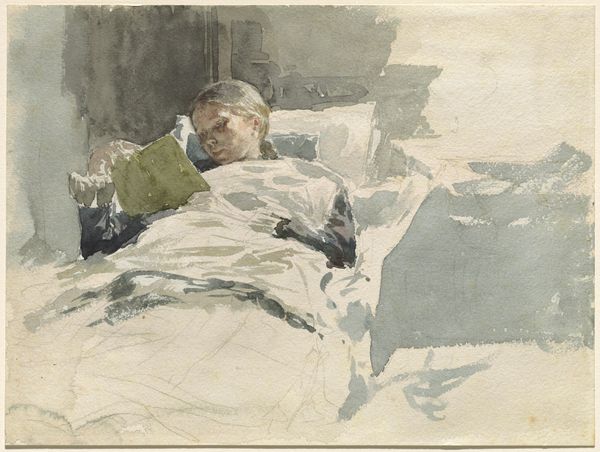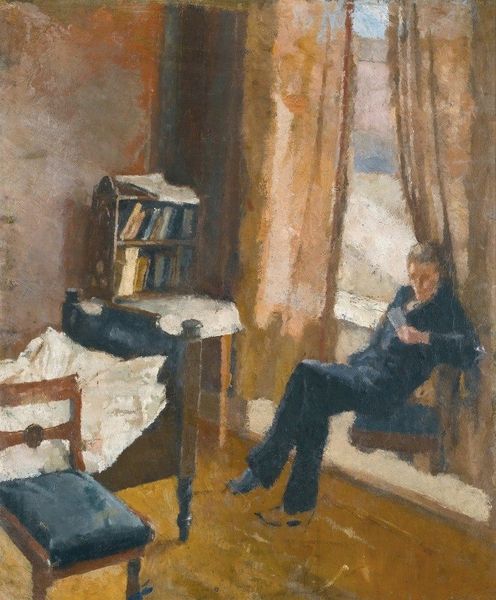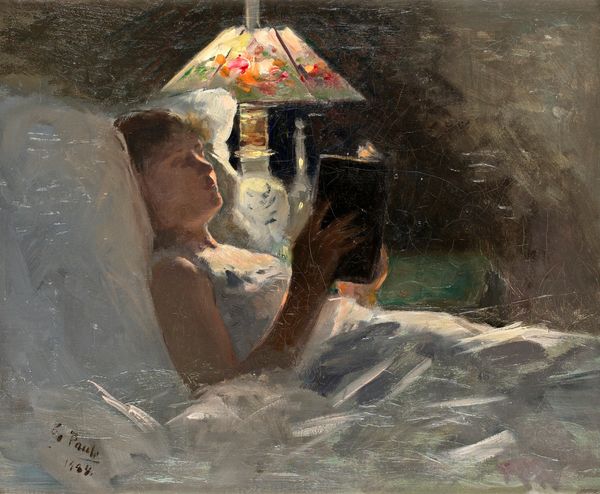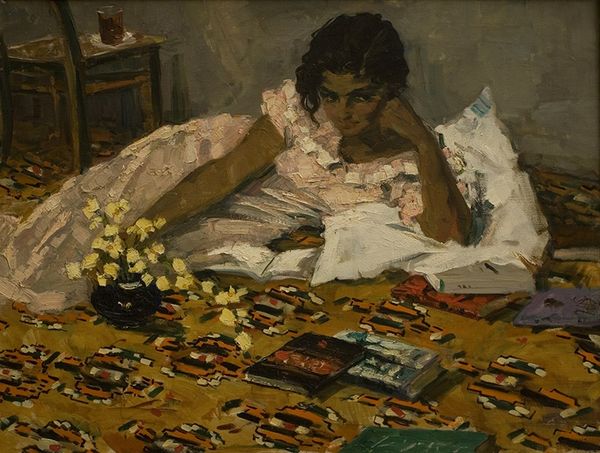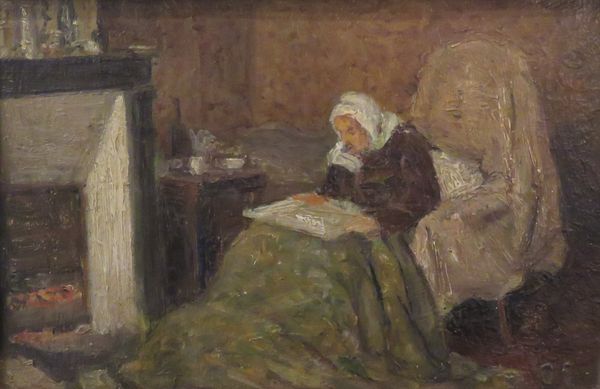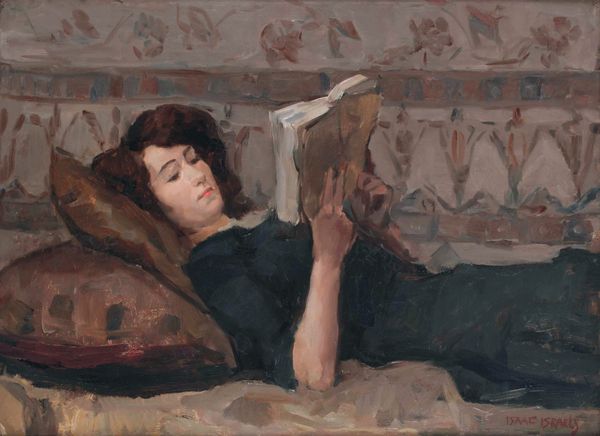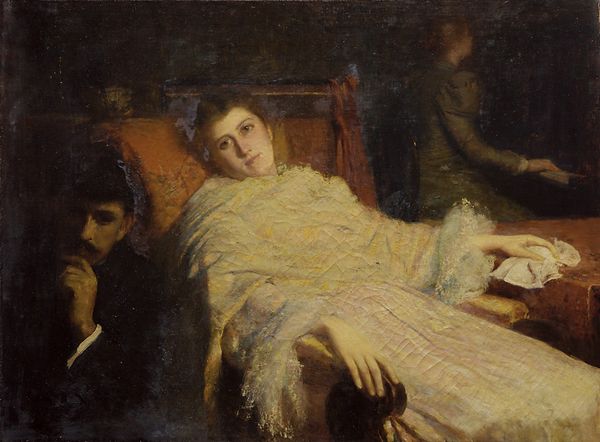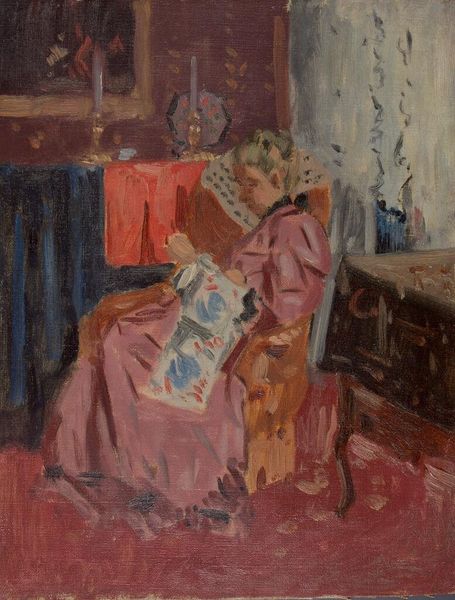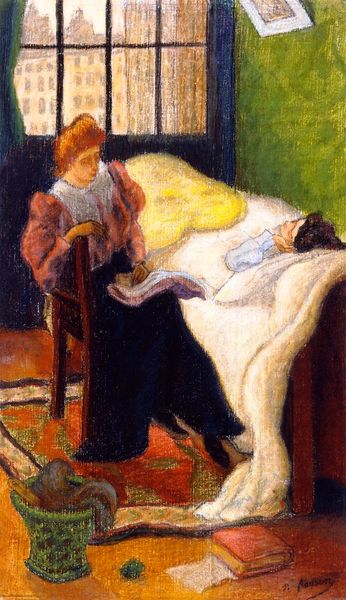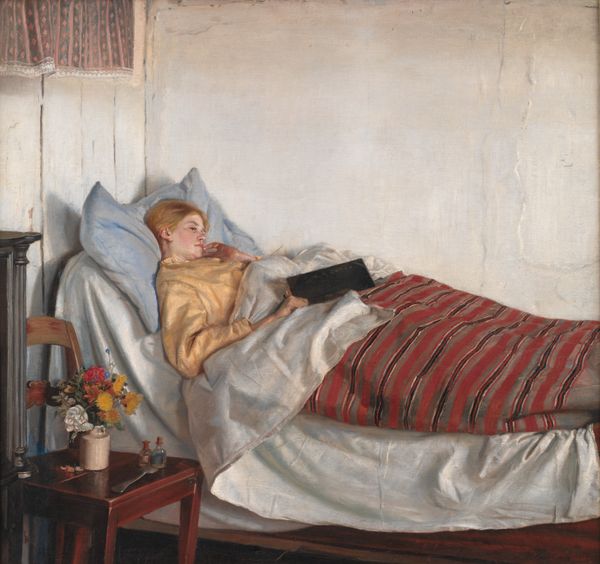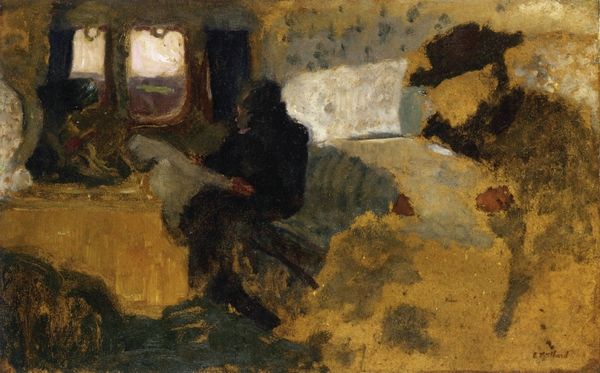
Dimensions: support: 305 x 406 mm frame: 475 x 578 x 100 mm
Copyright: CC-BY-NC-ND 4.0 DEED, Photo: Tate
Editor: Here we have Harold Gilman's "Lady on a Sofa" at the Tate. It's a cozy, intimate scene, isn't it? What strikes you about the social context of this painting? Curator: It's fascinating how Gilman captures a moment of quiet domesticity. Think about the era; early 20th century. This reflects a shift in artistic focus, away from grand narratives to the everyday lives of women, particularly in bourgeois settings. How does this intimate portrayal challenge or reinforce societal norms of the time? Editor: That's interesting. It feels so private, yet it's on display for everyone. It makes me reconsider the relationship between public and private lives then. Curator: Exactly! The painting invites us to consider the evolving role of women in society, and the ways in which art can both reflect and shape those perceptions. It’s an invitation to explore these boundaries.
Comments
Join the conversation
Join millions of artists and users on Artera today and experience the ultimate creative platform.
tate 7 months ago
⋮
It is not clear whether this painting shows a sleeping figure or someone caught in a moment of introspection. Many artists during this period made paintings of single figures engaged in solitary, private, activities such as reading. Gilman first met Walter Sickert in 1907. Both were founding members, in 1911, of the Camden Town Group, which also included Charles Ginner, Spencer Gore and William Ratcliffe. The vigorously dabbed brushwork, which creates a rich surface texture, and the warm and highly charged colours, are typical of the work of this group of artists. Gallery label, September 2004
